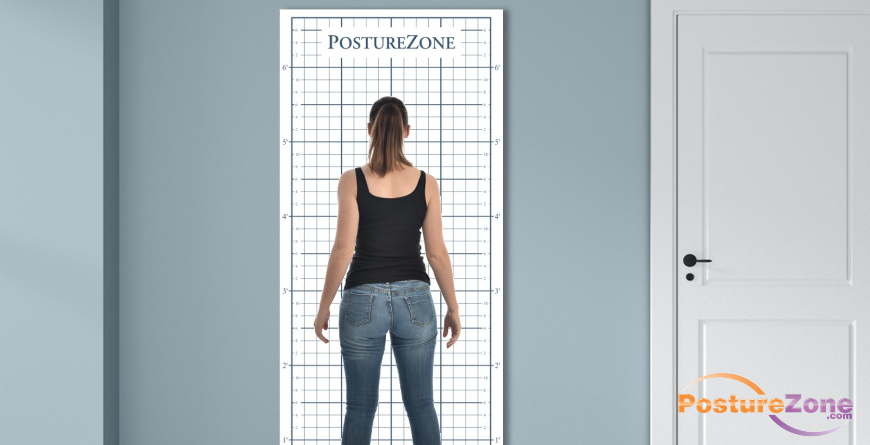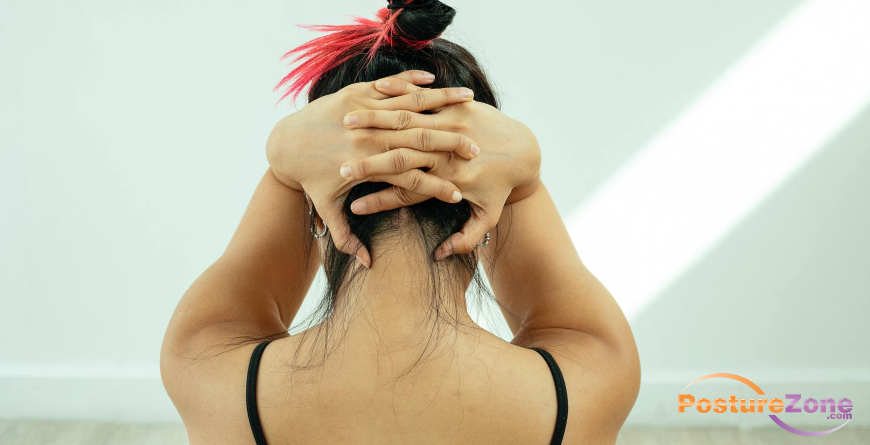Using Posture Grids in Schroth Exercise Therapy
Posted by Renee North, CPEP on 24th Mar 2023
Maximizing Schroth Exercise Therapy results using Posture Grids
As healthcare practitioners who specialize in Schroth exercises, such as physical therapists, physiotherapists, chiropractors, occupational therapists, certified Schroth Method therapists, certified Scolio-Pilates therapists, and corrective exercise specialists, you play a vital role in helping patients manage spinal conditions.
Every day we hear from practitioners helping people with scoliosis and kyphosis, as well as other spinal conditions, like postural imbalances, degenerative disc disease, herniated or bulging discs, chronic back pain, spinal stenosis, osteoporosis, neuromuscular disorders, post-surgical rehabilitation for spinal surgeries, and even idiopathic toe walking in children.
As a healthcare practitioner who teaches Schroth exercises, you know how crucial proper alignment in schroth is to achieve optimal results. However, it can be challenging to know if your patients are performing the exercises correctly or if they are achieving the proper alignment. That's where a posture grid can be incredibly beneficial.

A posture grid is a tool that helps patients visualize their body's alignment during exercises. By attaching a PostureZone grid of intersecting lines to a wall, patients can see if their shoulders, hips, and other body parts are correctly aligned.
When performing Schroth exercises, it’s crucial to ensure proper alignment because these exercises are designed to address the specific curvatures of the spine. Using the grid helps patients achieve optimal alignment, which will maximize the short and long-term effectiveness of the exercises.
One of the main benefits of using a posture grid in a clinical setting is that it provides an objective way to assess a patient's alignment. By having the patient stand in front of the grid, you can quickly assess if their alignment is correct, and make adjustments as needed.
Documenting Schroth Therapy with Posture Grids
To document progress and decline, you can easily capture a head-to-toe image using a mobile device or any camera. These posture pictures are incredibly helpful for later comparisons and insurance documentation. Finally, when it comes to communicating what you’re seeing to the person you’re working with, there’s nothing more powerful than a picture.
Some clinics that teach Schroth Method install a full-length mirror across from the posture grid. This way, patients can see themselves from different angles and ensure that their alignment is correct from all perspectives. By teaching the exercises in front of the mirror and grid, patients can get real-time feedback on their alignment and adjust their form.

Patient Progress with At Home Exercise Prescription
In addition to using the posture grid during sessions, many therapists encourage patients to purchase a grid for their home to take periodic posture pictures to track their progress. By taking pictures every few weeks or months, patients can see how their posture and alignment are improving over time, which can be an excellent motivator and help them stay committed to their exercise routine. If an image shows decline the patient has an early indicator to follow up with the therapist. Just like in the office, the patient can use a mirror on a stand, or a wall mounted mirror set across from their door mount or wall mount PostureZone grid and practice home exercise with best form.
What’s the Best Posture Grid?
Compare Plastic to Vinyl, Banner & Paper
Expert Advice: When choosing a schroth therapy posture grid, it is important to select a durable material that will provide accurate results. When it comes to Schroth or StrongPosture exercise methods, a plastic posture grid is the best choice for personal or professional use. Be aware that vinyl, banner material, or paper grids will buckle or ripple, providing in accurate results. The flat service of PostureZone wall and door grids are wipeable, durable and lay flat. They will not be affected by water, dirt or people exercising against them (wall exercises).
At the end of the day, using a posture grid in conjunction with Schroth exercises or StrongPosture exercises for scoliosis and other spinal conditions can be an incredibly beneficial tool for healthcare practitioners and the people they treat. By achieving proper alignment, patients maximize the effectiveness of their exercises and manage conditions such as scoliosis or kyphosis more effectively. If you also have a full-length mirror placed across from the posture grid, you can provide patients with real-time feedback, track their progress, and ensure accurate results. With the right tools and guidance, patients are able to achieve optimal spinal health and live a healthier, more upright and comfortable life.


